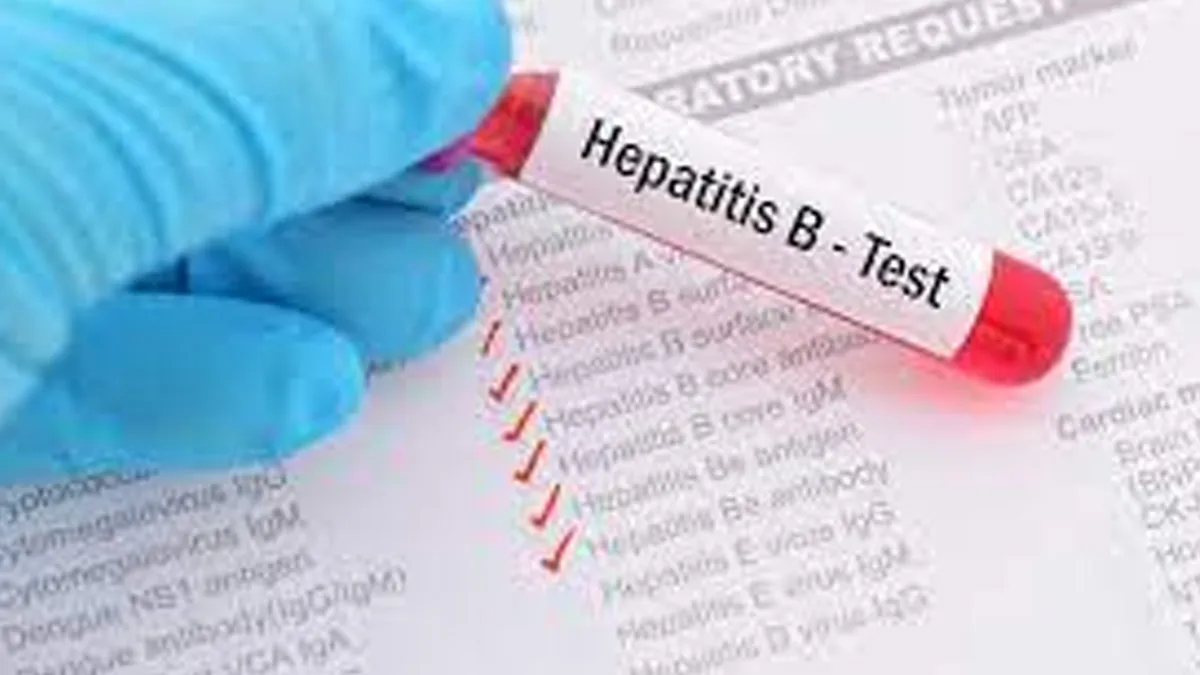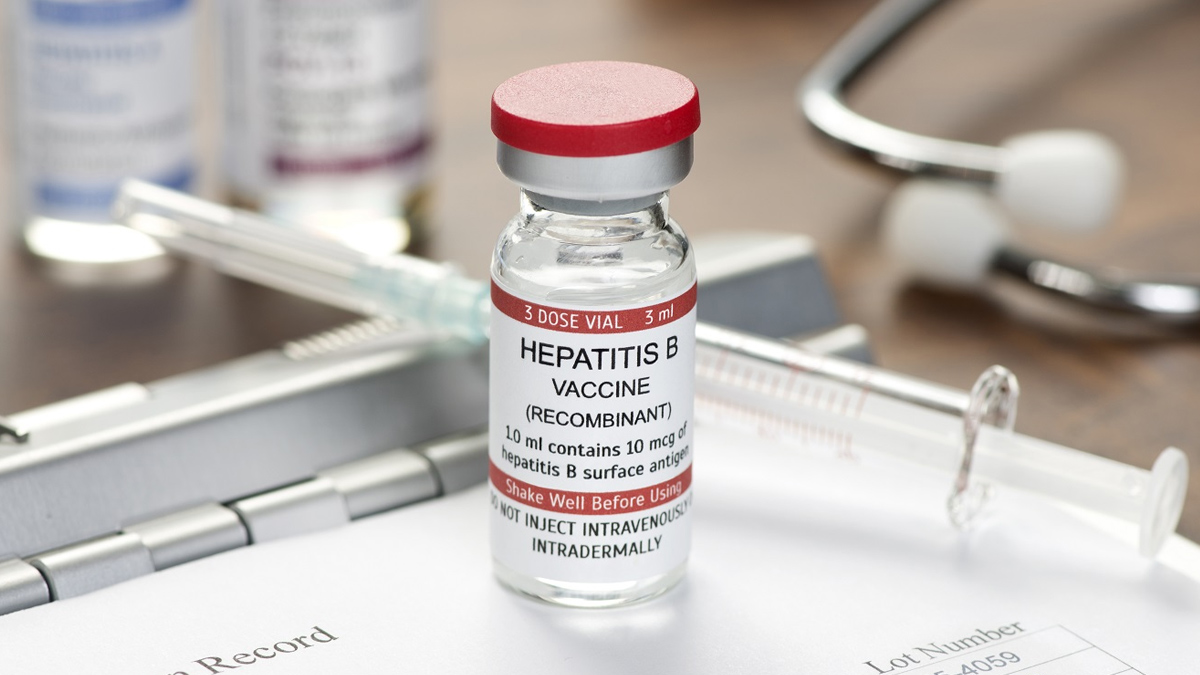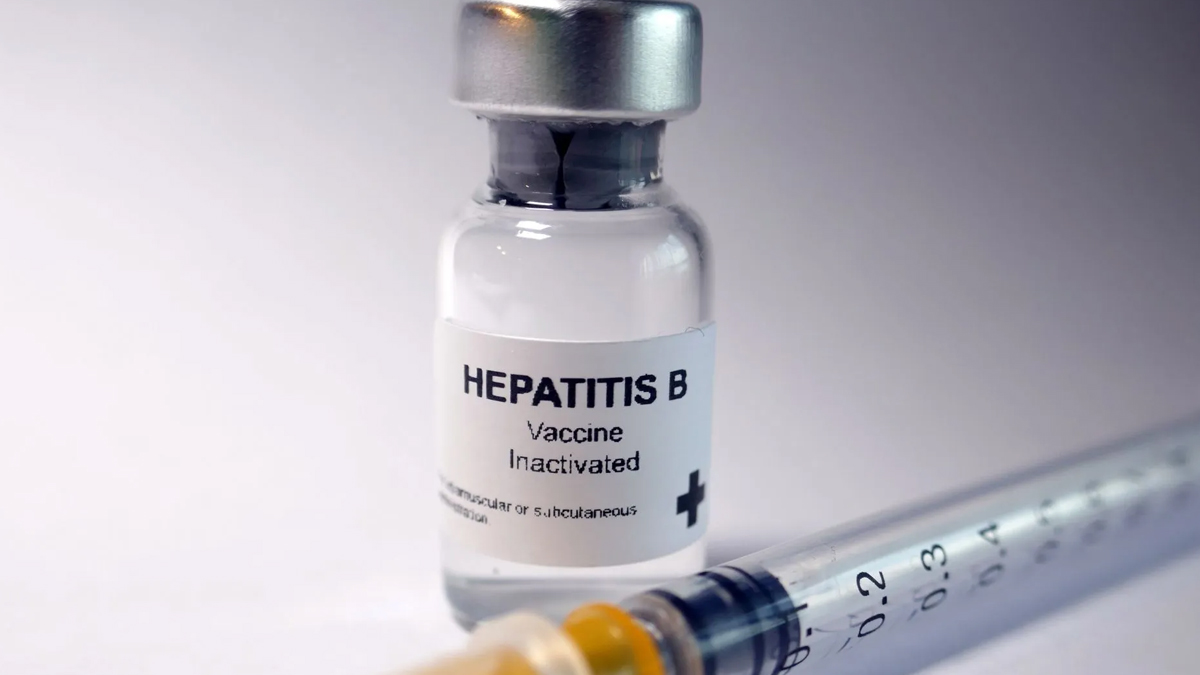
Hepatitis B continues to pose a significant health challenge globally, with over 250 million people estimated to be living with the infection as of 2022. Among these, individuals with HIV face a particularly heightened risk due to compromised immunity. A recent international study, led by a Weill Cornell Medicine investigator, has brought to light a groundbreaking hepatitis B vaccine offering superior protection for people living with HIV who previously failed to respond to standard vaccinations.
Table of Content:-
The New Hope: HepB-CpG Vaccine
The innovative HepB-CpG vaccine, marketed under the trade name Heplisav-B, demonstrated remarkable efficacy in the study. The trial revealed that this vaccine, which uses a cytosine phosphoguanine (CpG) adjuvant, provided protective antibody responses in up to 99.4% of participants. This was a significant improvement compared to the older HepB-alum vaccine, which uses an aluminium hydroxide adjuvant and achieved protective responses in only 80.6% of recipients.

Adjuvants play a pivotal role in vaccines by enhancing the immune system's ability to produce antibodies. The CpG adjuvant appears to outperform its aluminium-based counterpart, making HepB-CpG a more effective solution for boosting immunity in vulnerable populations such as those with HIV.
Why Hepatitis B Is a Concern for People with HIV
Hepatitis B is primarily transmitted through body fluids during childbirth, sexual contact, and needle-sharing. Once infected, the virus can lead to chronic liver disease, including cirrhosis and liver cancer. For individuals with HIV, the risk is compounded due to weakened immunity, which not only limits their ability to clear the hepatitis B virus but also diminishes the effectiveness of traditional vaccinations.
Also Read: Central and South America Hit by Record-Breaking Dengue Fever Outbreak; Know All About Prevention
In the United States, it is estimated that 5–10% of people living with HIV also have hepatitis B. This overlap necessitates robust preventive measures to mitigate the compounded health risks.
The BEe-HIVe Trial: A Landmark Study
The findings stem from the NIH-sponsored BEe-HIVe (B-Enhancement of HBV Vaccination in Persons Living With HIV) trial, a phase 3 study involving 561 participants across 40 sites worldwide. Participants, all of whom had previously failed to develop protective antibodies from earlier hepatitis B vaccinations, were randomised to receive either the HepB-CpG or HepB-alum vaccine. The study employed three separate vaccine regimens:

- A standard two-dose schedule of HepB-CpG.
- A three-dose schedule of HepB-CpG.
- A three-dose schedule of HepB-alum.
Both HepB-CpG regimens outperformed the older vaccine, with the three-dose regimen achieving a 99.4% antibody response rate and the two-dose regimen reaching 93.1%.
Also Read: Mystery of 'Werewolf Syndrome': How 11 Babies in Europe Developed Hypertrichosis
Implications for Clinical Practice
These results highlight the potential for HepB-CpG to become the preferred vaccine for adults with HIV who require enhanced protection against hepatitis B. The U.S. Food and Drug Administration (FDA) approved HepB-CpG for adult use in 2017, and the new data strengthens its case for broader adoption in clinical settings.
Broader Applications of HepB-CpG
Prior research had already established the efficacy of Heplisav-B in populations with conditions such as diabetes and end-stage kidney disease, who often exhibit poor responses to traditional hepatitis B vaccines. In earlier analyses, the vaccine achieved a 100% protective antibody response rate among HIV-positive individuals who had not been previously vaccinated.
Safety and Future Research
The trial identified no new safety concerns, underscoring the vaccine's suitability for widespread use. Dr. Marks and her team are now investigating the durability of the antibody responses to determine how long the protective effects last.
Bottomline
The HepB-CpG vaccine represents a significant advancement in the fight against hepatitis B, particularly for people living with HIV. Its superior efficacy, safety profile, and potential for long-lasting protection make it a valuable tool in public health efforts. This breakthrough underscores the importance of continued innovation in vaccine development to protect vulnerable populations worldwide.
Also watch this video
Read Next
Central and South America Hit by Record-Breaking Dengue Fever Outbreak; Know All About Prevention
How we keep this article up to date:
We work with experts and keep a close eye on the latest in health and wellness. Whenever there is a new research or helpful information, we update our articles with accurate and useful advice.
Current Version